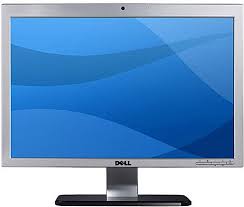 DEVICE REPLACES PRINTED TEXTS FOR 1ST- AND 2ND-YEAR STUDENTS, PROMOTES MOVE FROM PAPER TO ELECTRONIC RECORDKEEPING
DEVICE REPLACES PRINTED TEXTS FOR 1ST- AND 2ND-YEAR STUDENTS, PROMOTES MOVE FROM PAPER TO ELECTRONIC RECORDKEEPINGNEW YORK (Sept. 15, 2011) — Weill Cornell Medical College students will now have a wealth of medical information and educational tools at their fingertips. Starting this fall 2011 semester, all incoming first- and second-year students are being provided with a new iPad 2 in place of the printed course notes and texts used by most students around the country.
Students will now be able to download course materials, see video or hear audio recordings of lectures, submit electronic course evaluations, access their grades, collaborate with other students, and save their notes and coursework.
"I am very proud that Weill Cornell is one of the first medical colleges in the country to embrace this technology," says Dr. Carol Storey-Johnson, senior associate dean of education at Weill Cornell Medical College. "The iPad will open a world of new learning opportunities for students and dramatically expand the way we train and educate a new generation of physicians. "








